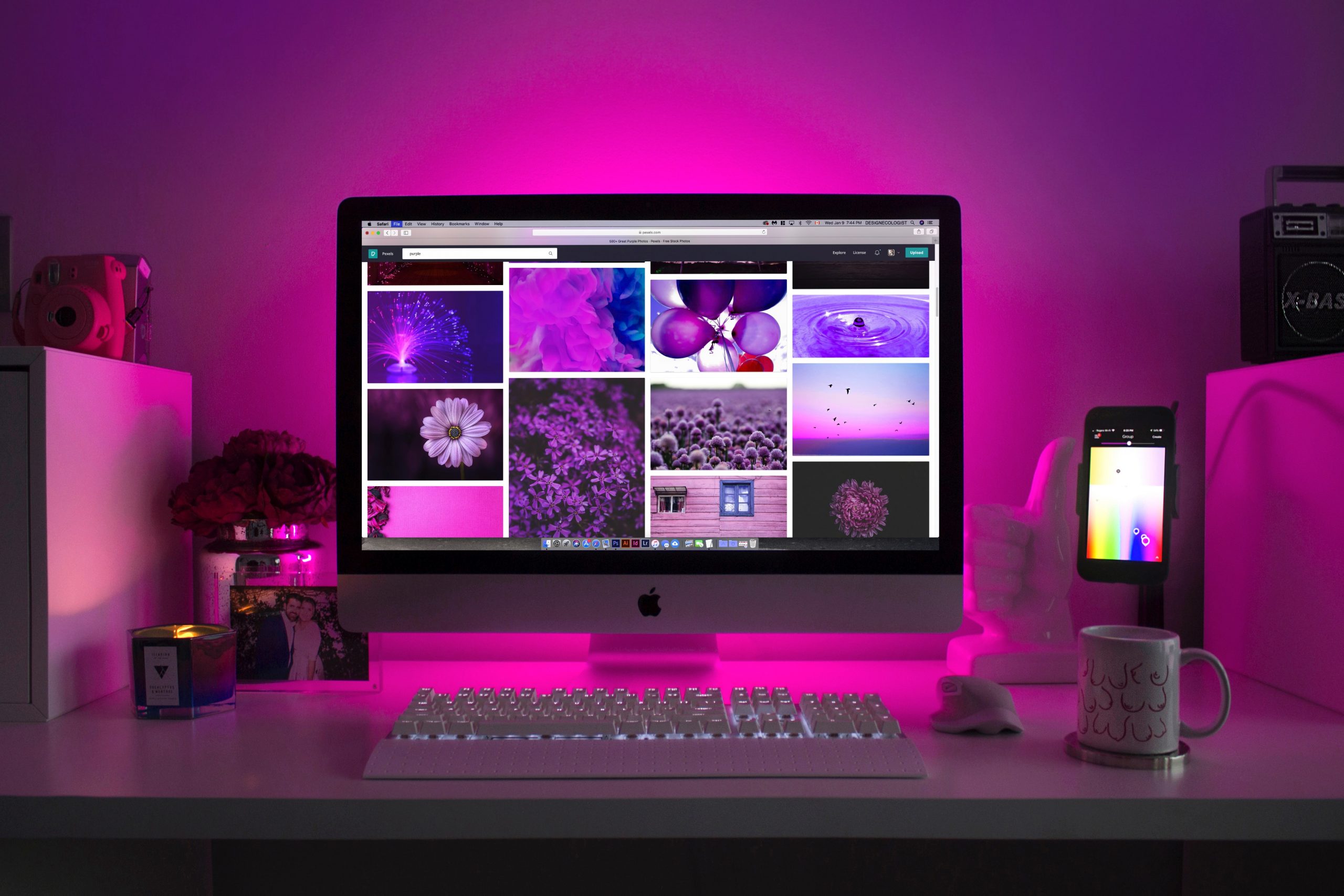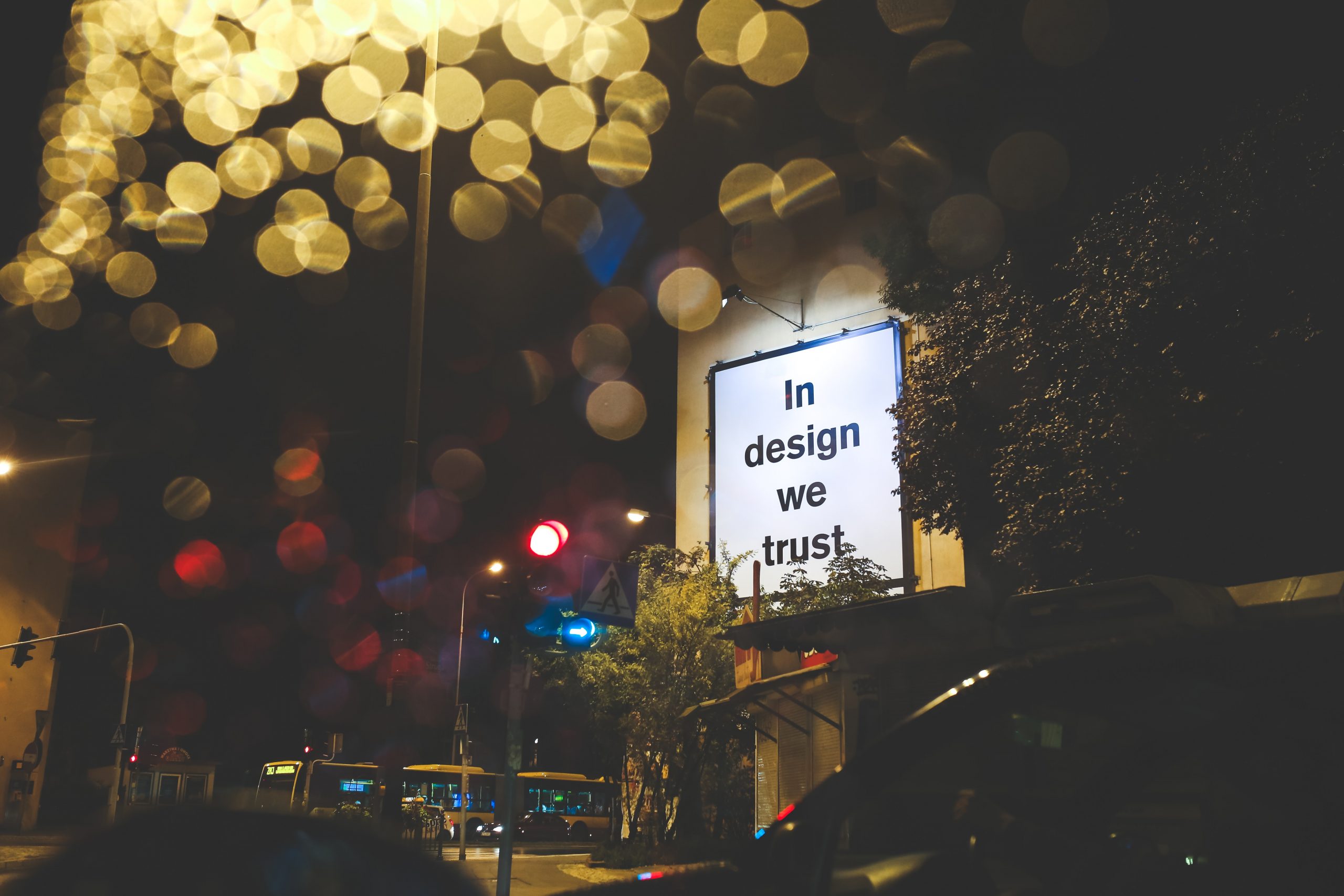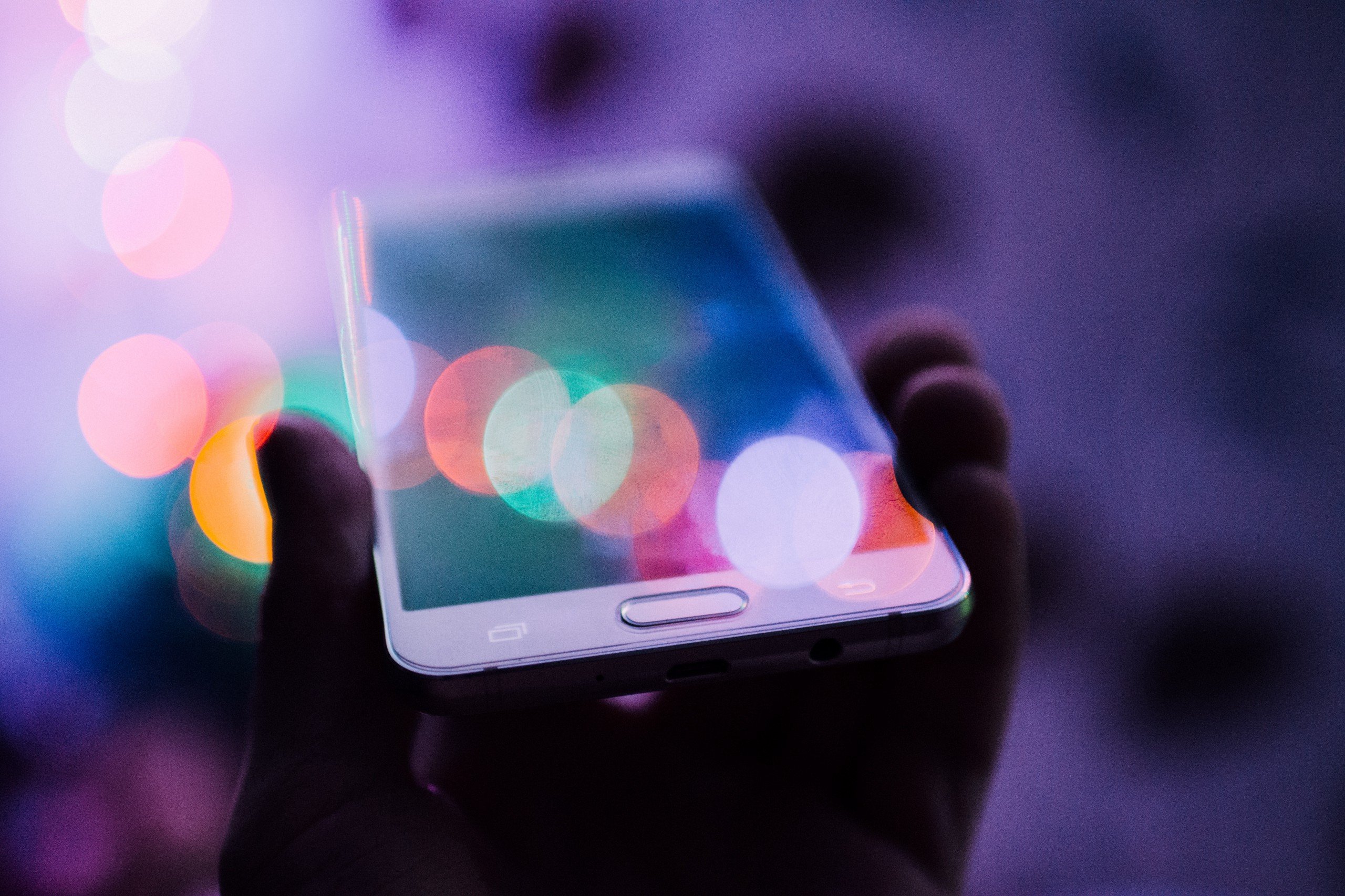February 16, 2020
The Top Web Design Trends of 2020

There are approximately 1.94 billion active websites in the world. How does yours stand out?
Modern technology and design beg for people to stay on top of trends and ahead of the game. This includes the task of web design. In the past, this required a business to hire a developer. Nowadays, platforms enable just about anyone to build a site.
For 2020, here are some web design trends to keep in mind:
The No-Code Revolution
Drag-and-drop features have revolutionized the way we build websites. 15 years ago, if you did not know basic HTML or CSS code, you were dead in the water. It was a language a developer had to first acquire prior to building anything. No one else was able to just pick up and design a site.

Everything has changed. When it comes to democratizing software platforms, no other industry is making a greater impact than web design. The visual modality of designing a website these days makes anyone capable of putting one together.
This also entails the rise of the visual developer. The role is simply someone who may not know the code behind the site but designs one beautifully. Since two out of three people prefer to read beautifully designed content, this is good news for business owners.
Complete Accessibility
Although this concept always seems like a “current trend” in web design, in 2020 accessibility is all about compliance. Web accessibility is the practice of ensuring that web apps and sites are usable by everyone, regardless of their abilities. In mature operations, accessibility has been a vital part of web design.
This is particularly the case in publicly funded institutions. The Americans with Disabilities Act (ADA) compliance has long been a requirement.
Although this doesn’t seem like much, the changes will affect every step of the web design process. So, it’s critical you do your research before building a site.
Accessibility should also take mobility into account. Since mobile devices account for almost 2 of every 3 minutes spent online, this is an important concern.
Inclusivity in User Experience
User experience (UX) is enhanced when the designer considers inclusivity. When people set out to design, whether they realize it or not, they are often designing for themselves. We all have hidden biases that must be actively combated when creating for humans as a whole.

A designer can always make assumptions about who we are creating for, but that’s the old fashioned way. To enjoy or value your brand, a user needs to see themselves reflected in it. Without that glimpse, the person instead, sees refusal. The message is clear that they don’t belong.
That’s the opposite of what you want to do!
Designing for inclusivity implies making space for your audience in the products built. Inclusivity is in every aspect of user experience design, which means your site should be:
- Findable
- Credible
- Useful
- Valuable
- Desirable
- Accessible
- Usable
Designers in 2020 are stretching beyond their comfort zones to develop designs for inclusivity. This involves incorporating others’ perspectives through the creation process, making it more accessible and comprehensible to all. Not only does this broaden perspectives, it strengthens a designer’s work and increases engagement.
A Designer is a Role
It is not an identity. As more design tools are developed, everyone is calling themselves a “web designer.” The difference between a professional designer and one who designs is simply a set of skills.
Talent lies on a spectrum because people have a vast opportunity to learn different proficiencies. It’s a difference in skill, education, and context. However, ability comes in all forms.

A new trend will be towards people wearing more hats in a creative aspect. In 2019, only 64% of small businesses had a website. That’s all going to change as more people learn the complexities of web design through simplified tools.
The future of web design is exciting. Who knows, maybe in 5 years people can develop a site with their voice. The cool thing about technology is it’s always surprising and disruptive. When it comes to creative processes, that’s an absolute essential.







